Introduction to Star Schemas
Transform and Analyze Data with Microsoft Fabric

Luis Silva
Solution Architect - Data & AI
Dimensional Modeling basics
- A Dimensional Model is a data structure optimized for data warehousing and analysis
- It is a model of business events
- Events have data and context
Dimensional Modeling basics
Event: sale of a product at a retail shop.

Dimensional Modeling basics
Event: sale of a product at a retail shop.
- Numeric data:
- Number of Units Sold
- Sale Price
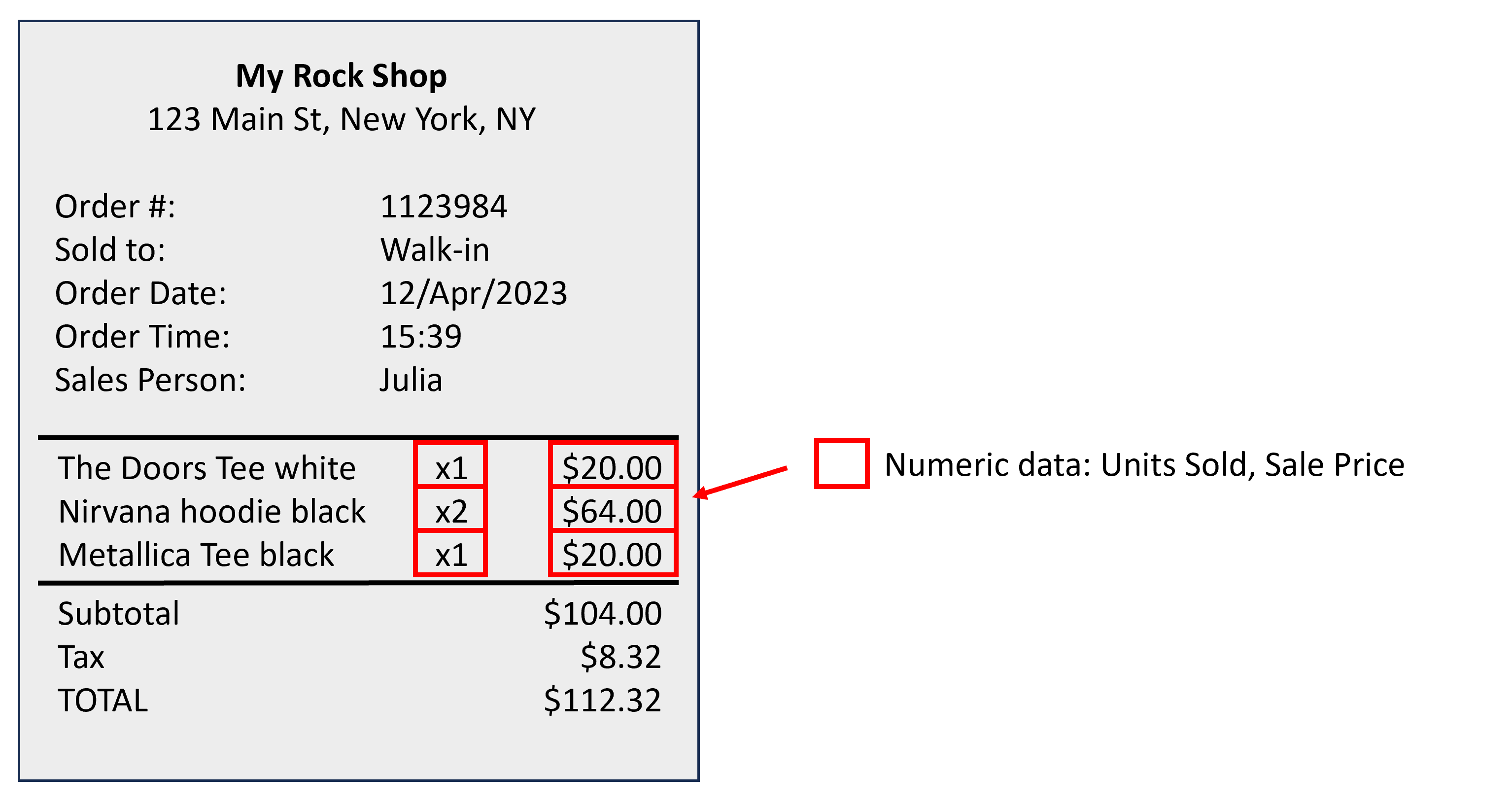
Dimensional Modeling basics
Event: sale of a product at a retail shop.
- Numeric quantifiable data:
- Number of Units Sold
- Sale Price
- Context about the data:
- Product sold
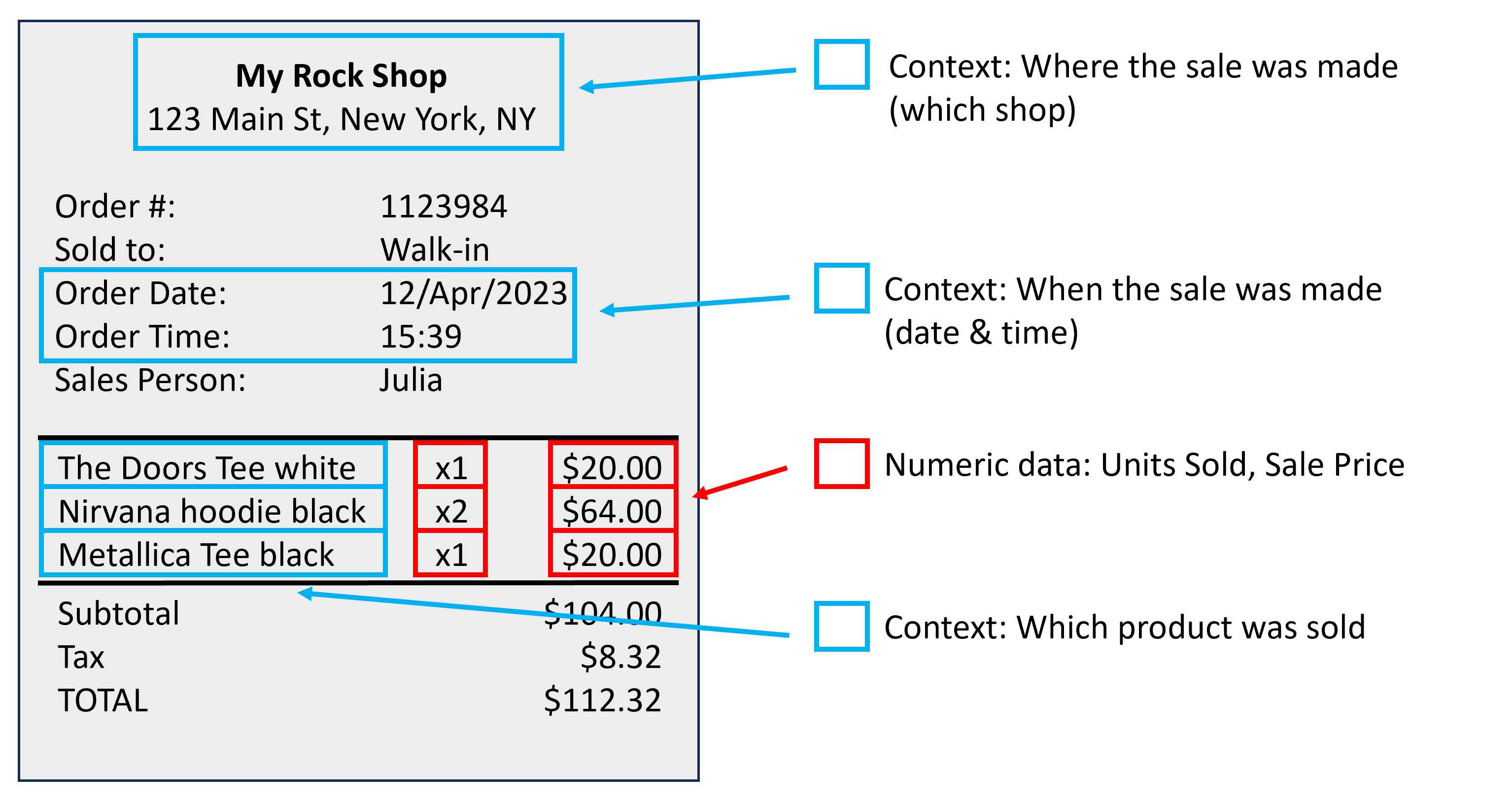
Storing event data in tables
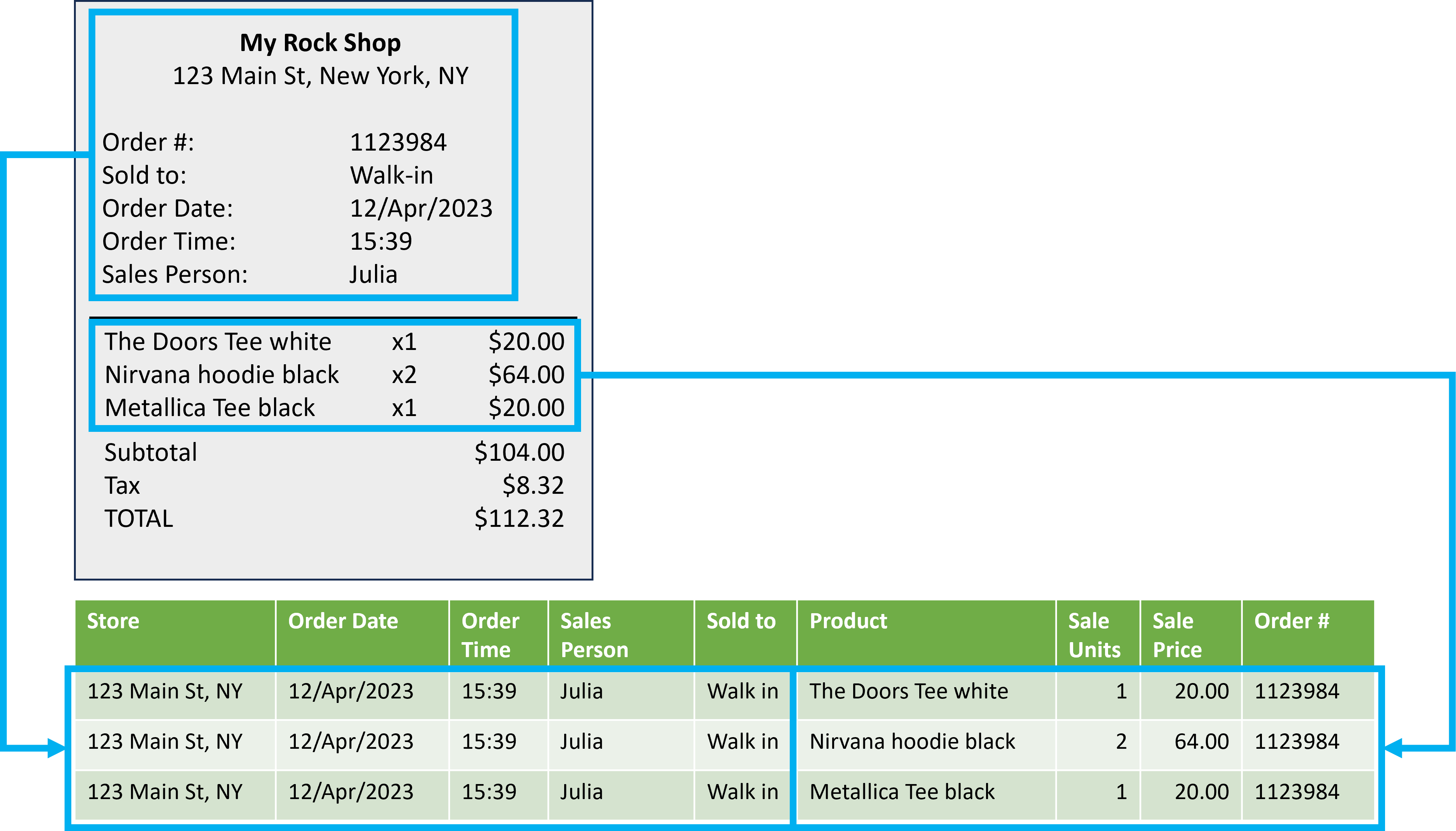
Storing event data in tables

- Fact table: Contains all transactions.
Storing event data in tables

- Fact table: Contains all transactions.
- Dimensions: Context of the transaction (when, where, what, who).
Storing event data in tables

- Fact table: Contains all transactions.
- Dimensions: Context of the transaction (when, where, what, who).
- Measures: Numeric data (how many).
Storing event data in tables

- Fact table: Contains all transactions.
- Dimensions: Context of the transaction (when, where, what, who).
- Measures: Numeric data (how many).
- Attributes: Additional information about the transaction record.
Normalization

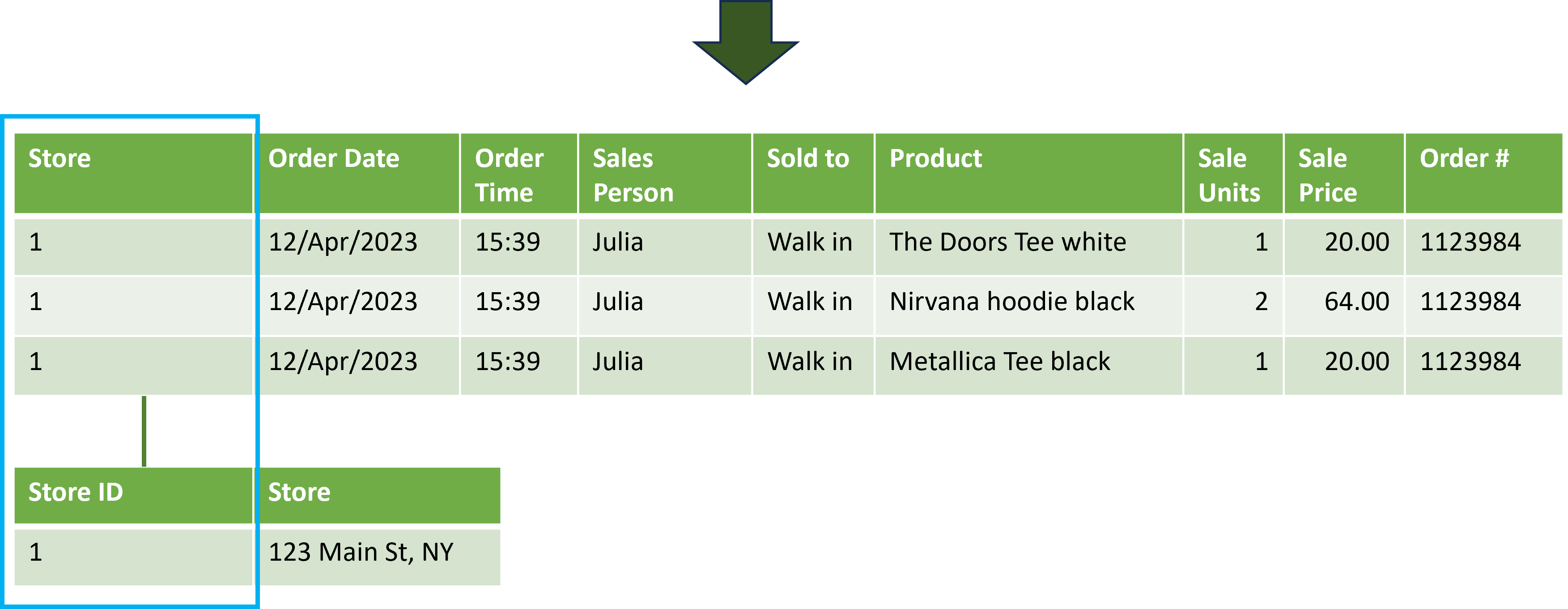
Fact Tables + Dimension Tables
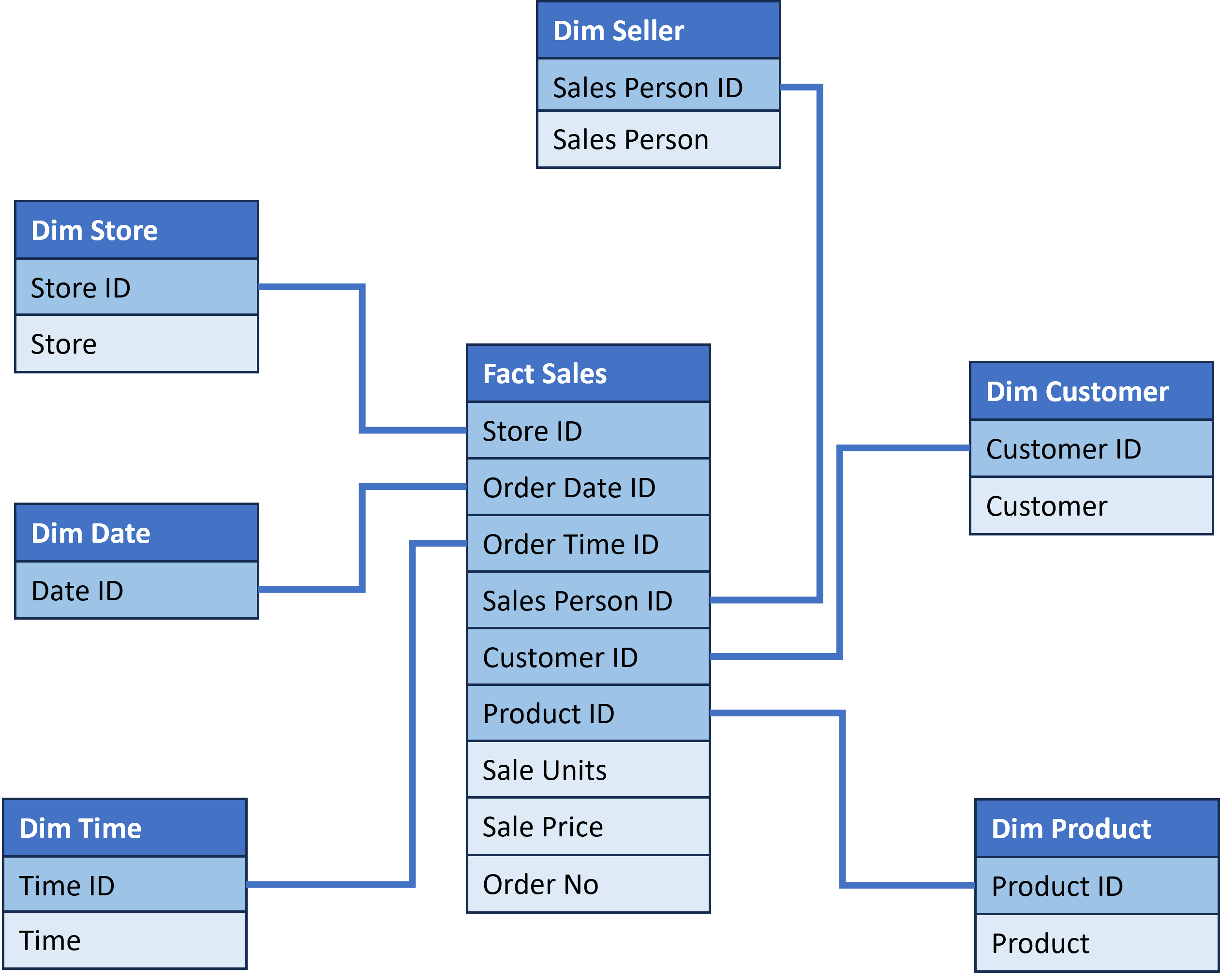
Star Schema
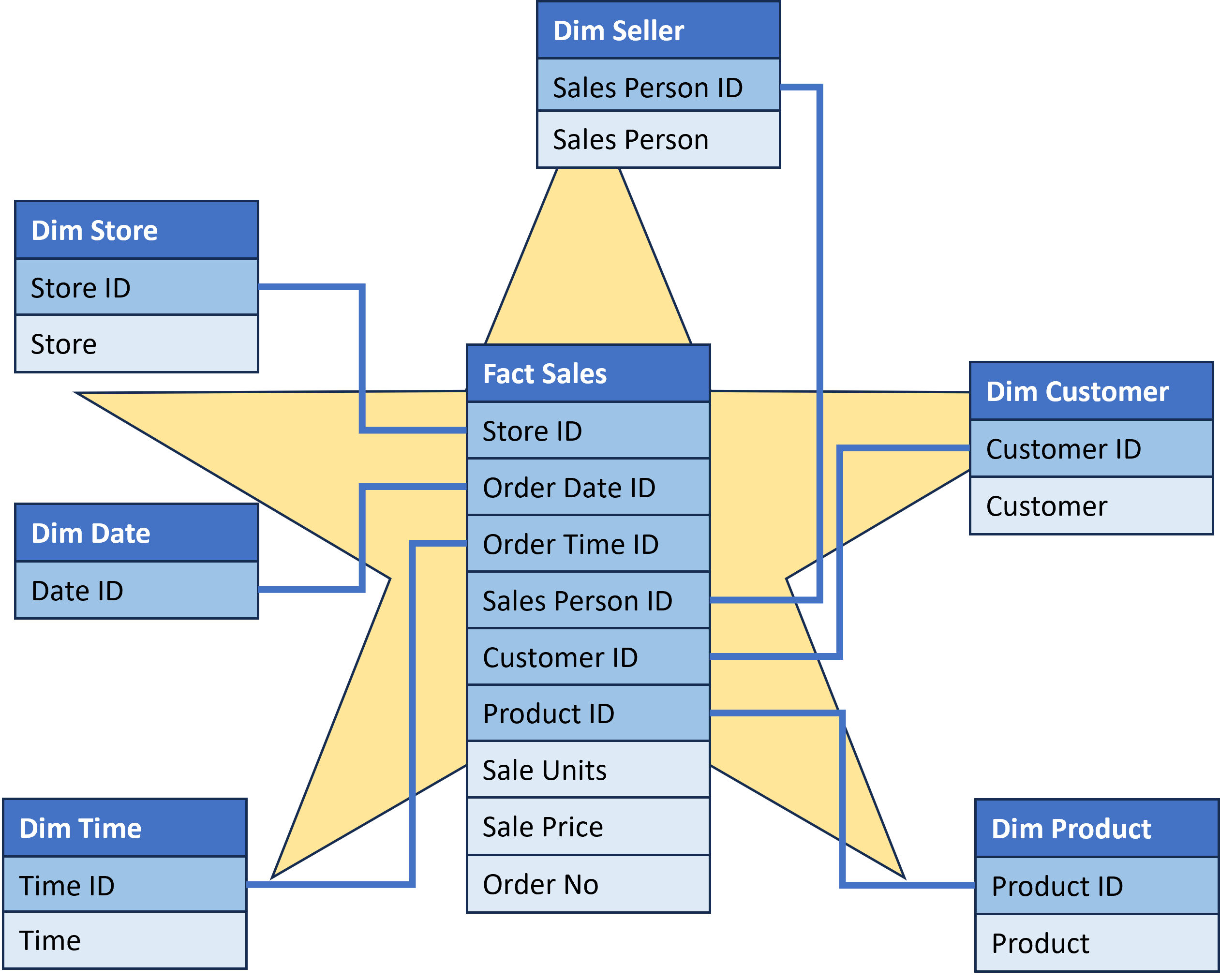
Snowflake Schema
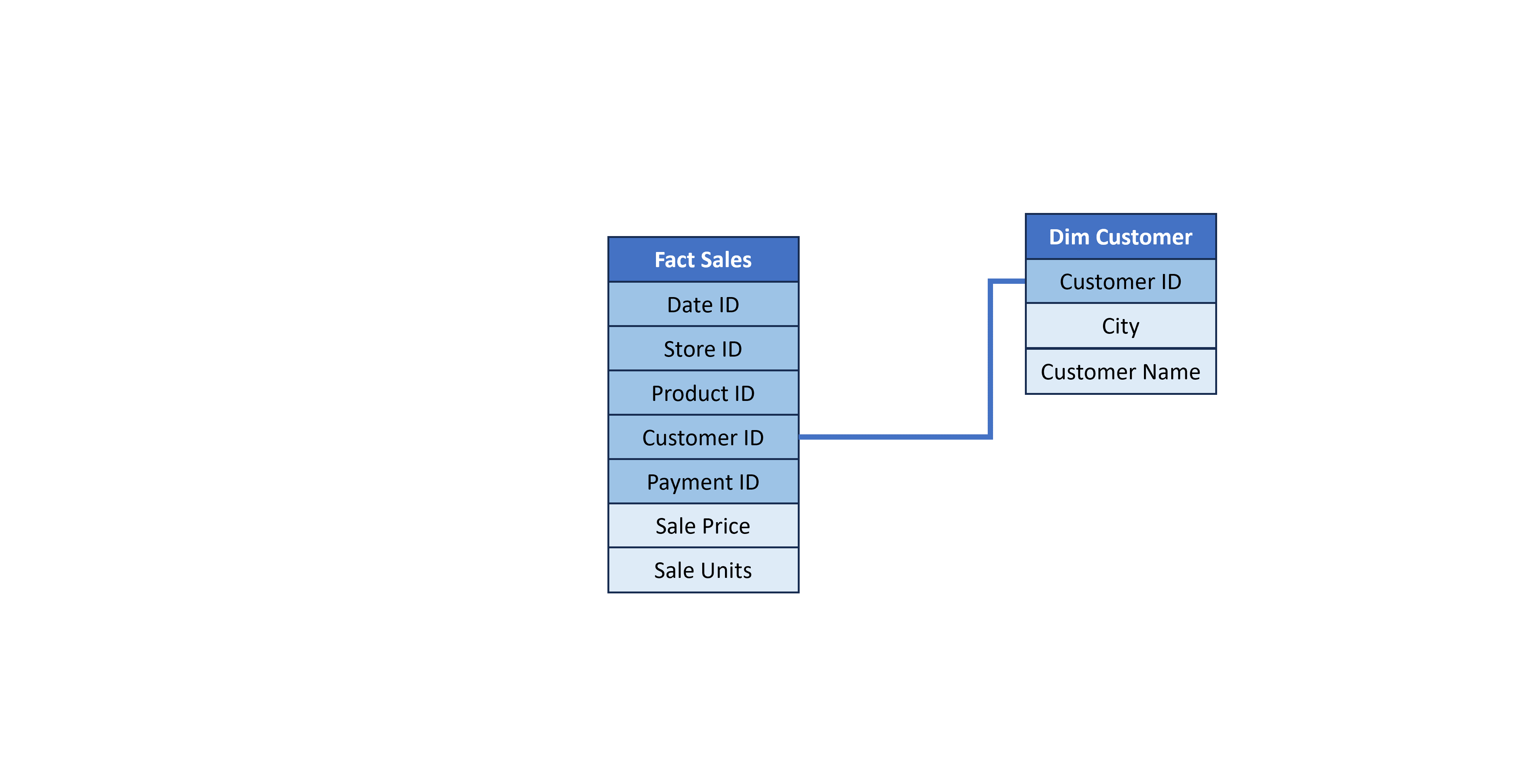
Snowflake Schema
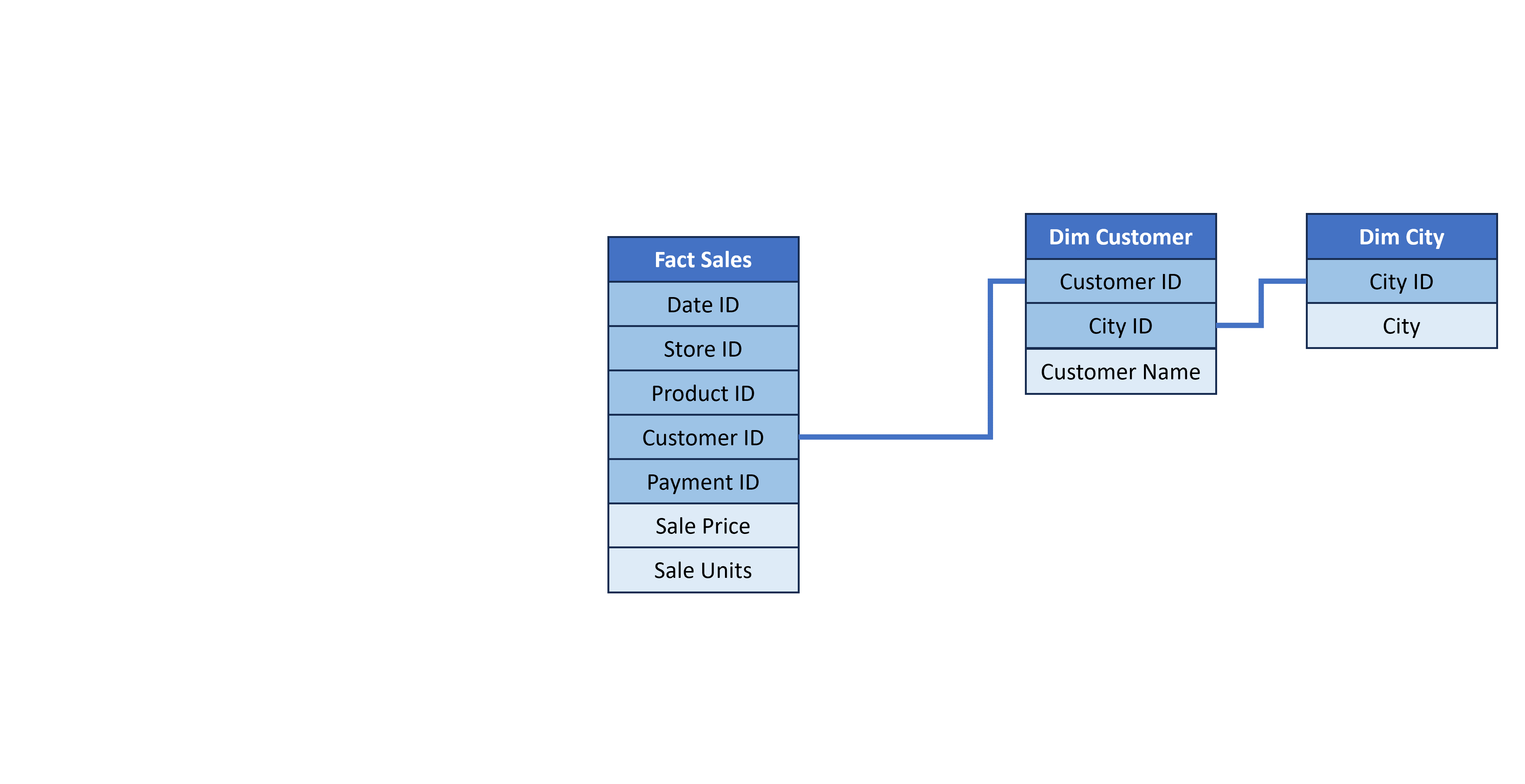
Snowflake Schema
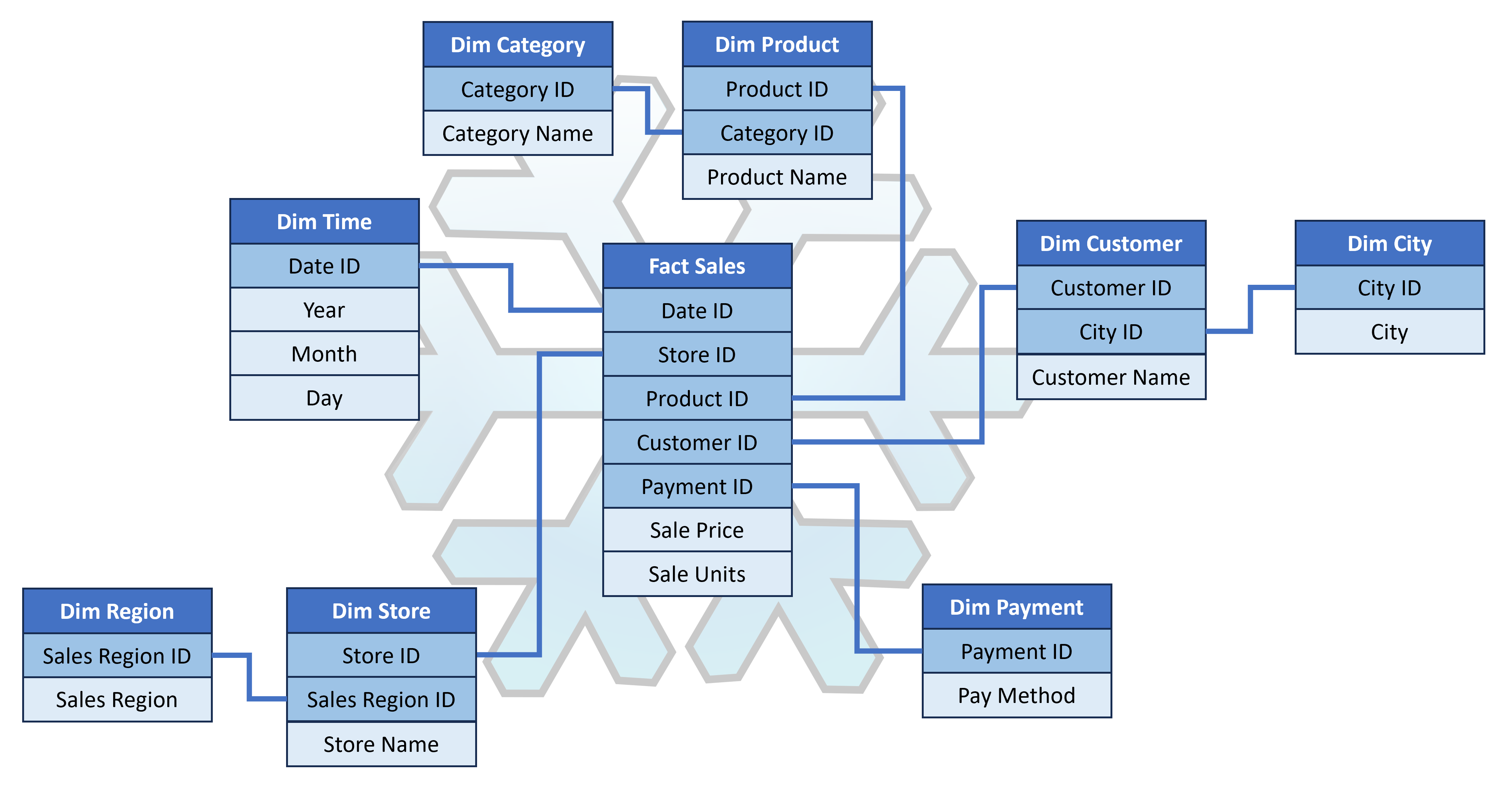
Star Schema vs Snowflake Schema
Key differences
| Area | Star Schema | Snowflake Schema |
|---|---|---|
| Storage | More storage required | Less storage required |
| Normalization | Denormalized (One table per dimension) | Normalized (Multiple tables per dimension) |
| Model Complexity | Lower | Higher |
| Query performance | Fewer JOINs required, resulting in faster query performance | More JOINs required, resulting in slower query performance |
Choose the model most suitable for your needs. Generally, Star Schema is preferred because it results in simpler, faster models.
Let's practice!
Transform and Analyze Data with Microsoft Fabric

